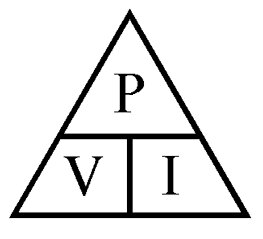Watt’s law
Watt’s law was invented by James Watt, an engineer born in Scotland in August 1819. His law is directly related to the development of the steam engine in 1769 and was patented and used in the first industrial revolution.
Watt is an English word meaning “Watt“. On the other hand, it is most commonly used to measure the power of systems. Power is the energy consumed or produced in a limited period.
This law states that: “electrical power is directly proportional to the voltage of a circuit and the current flowing through it. “
Watt’s law formulas
To obtain the formula for this law, we can obtain it from the pyramid, like that of OHM’s law.

P = V·I
V =Voltage (Volts)
I = Current (amperes)
P = Power (watts)
Watt’s law is the electrical power of a component. This power is equivalent to 1J. Watt is also a unit that measures the energy absorbed by an element in a given time.
After the discovery of Watt’s law, it was merged with OHM’s law. If what is not known about the law invented by James Watt is the voltage, this value can be replaced by the same value of ohm’s law. Below, we can see it.
To obtain Watt’s law without the voltage value we must follow the following formulae:
P = V · I
P = (I · R) · I
P = I2 · R
If the power is positive, it means that the element we are calculating is consuming energy, while if the power is negative, it means that it is creating energy.
Applications of the law in everyday life
In our everyday life, we use Watt’s law to know the voltage and power of a light bulb or, to a greater extent, the wiring of a building.
The applications of this law are very diverse, but the most common are:
Knowing the amount of energy that can be produced by an electrical generator.
Measuring the electrical power of a building.